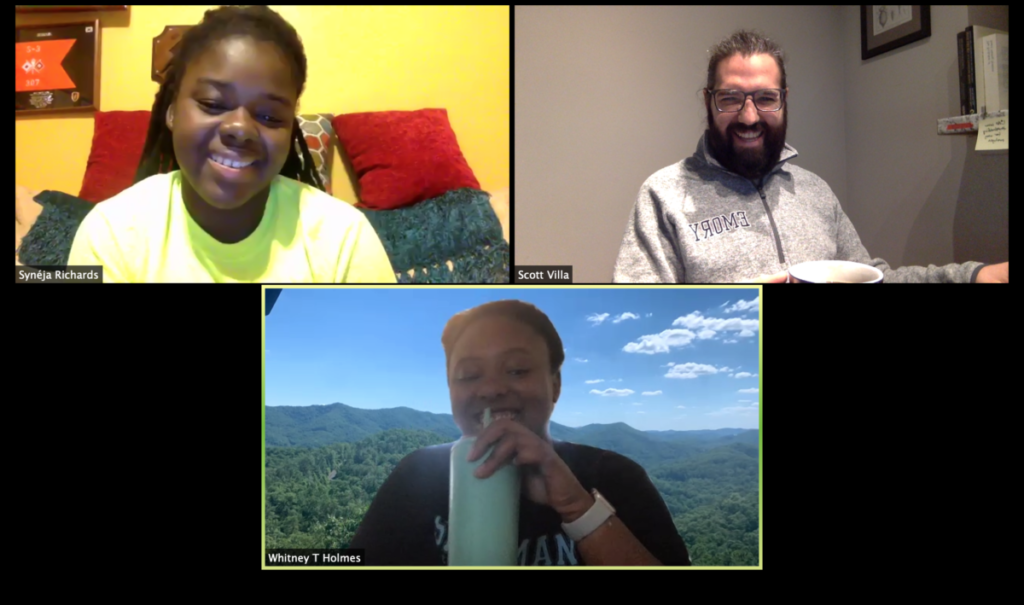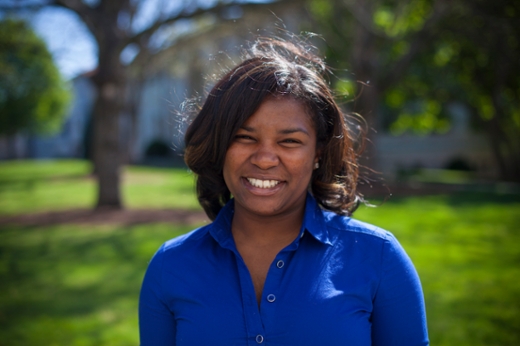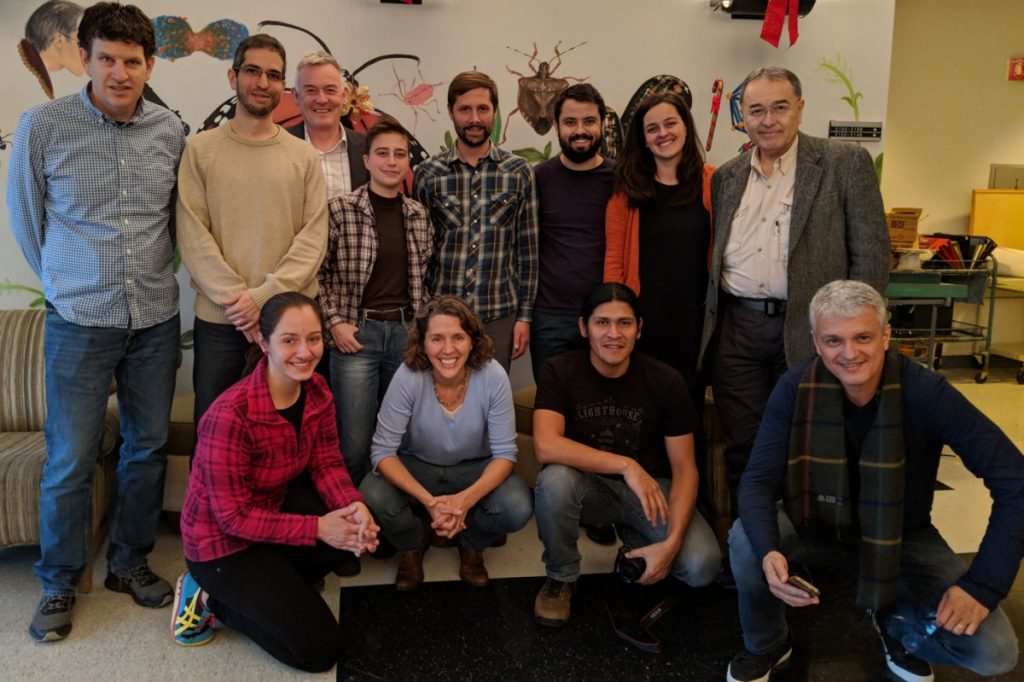
Zoom Science. Undergrads Syneja and Whitney meet with Scott, their summer research mentor.


Zoom Science. Undergrads Syneja and Whitney meet with Scott, their summer research mentor.

After an unprecedented COVID-quarantine finish, Erica Harris, through the power of ZOOM, successfully defended her PhD thesis on the influence of gut microbes on monarch butterfly parasite resistance. Throughout her graduate career, Erica mentored numerous undergraduates in our lab and in the lab of her co-advisor, Jaap de Roode. She has also mentored students through such programs as ESA-SEEDs, which supports the mentoring of students from diverse backgrounds who are interested in ecology. In recognition of her commitment to mentoring, Erica received the Laney Graduate School Eleanore Main Student Mentor Award. Erica will continue her science career through a combined research-teaching postdoc at Spelman University.

Note from former graduate student Kim Hoang to Erica upon her successful defense.
Kim Hoang’s NSF postdoctoral fellowship grant was recommended for funding. This fellowship will fund research with Kayla King at Oxford University. Upon leaving Oxford, Kim will return to the US, where she will continue her research and hopes to continue with working with the amazing students at the Global Village Project.
Congrats, Kim!
Graduate student Erica Harris received the Graduate Division of Biological and Biomedical Sciences Student Mentor award in recognition for her outstanding efforts in mentoring students in and out of the lab. Erica has served as a mentor to numerous undergraduate researchers and to undergraduates in the Mellon Mays and ESA-SEEDS programs. She will be honored at the upcoming Graduate Division banquet.
by Kim Hoang

With support from Emory’s SPRINT program with the São Paulo Research Foundation (FAPESP), we brought a small group of biologists together to explore latest research and potential for collaboration in studying the evolution of the fungus-growing ant symbiosis. Attendees included (from left to right in the photo): top row, Cameron Currie (Wisconsin), Andre Rodrigues (UNESP-RC – Brazil), Tim Read (Emory), Kendra Autumn (Utah), Bryn Dentinger (Utah), Caio Leal-Dutra (Aberystwyth), Aileen Berasategui (Emory), Ted Schultz (Smithsonian); bottom row, Caitlin Conn (Emory), Nicole Gerardo, Quimi Montoya (UNESP, Emory) and Mauricio Bacci (UNESP-RC).
It was an amazing few days of science.

Nicole had the opportunity to see former lab techs Tarik Acevedo and Tiff Alcaide while visiting Penn State this week. Tarik is currently a grad student in soil sciences at Penn State, and Tiff is a lab tech in soil sciences.
Great to see these two!
The Entomological Society of America Meeting brought together researchers from around the world studying insect symbioses. Jacob Russell and Molly Hunter organized a great session.
Today, Kim Hoang sent the following:
“I finished experimental evolution!! It took over a year: July 13, 2017 – November 8, 2018”
What an amazing accomplishment. Kim’s experiment focuses on the evolution of a novel beneficial symbiosis between C. elegans and a bacteria that protects them from heat shock. So much work!
We recently had a paper come out examining under what conditions aphids begin to produce winged offspring upon fungal infection (Tan et al. 2018). Following on a previous paper from another group suggesting that aphids produce winged offspring upon fungal infection, our research started as a rotation project by Wen Hao Tan to examine whether bacterial symbionts that protect against fungal pathogens would alter the response. Through a set of careful experiments by Wen Hao, Miguel Reyes and Kim Hoang, we show that aphids do produce more winged aphids after fungal infection…. sometimes. Why it happens sometimes and not others, despite our best efforts, is not yet clear. Fredrick Leon, an undergrad in the lab, is following up now.